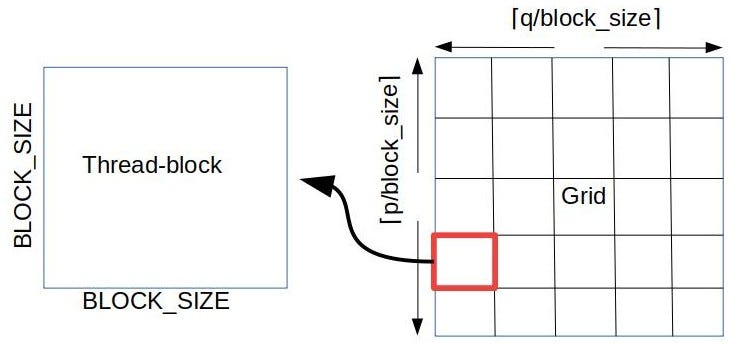

Place the declaration and initialization of this switch in the source code such that its scope includes every invocation of function tight_loop. You must introduce a switch-the Boolean captured, in this case-to signal whether a graph has already been created. If this function is executed identically each time it is encountered, it is easy to turn it into a CUDA graph using stream capture.

ContextĬonsider an application with a function that launches many short-running kernels, for example: tight_loop() //function containing many small kernels

#Cuda dim3 initialization update
In this post, I describe some scenarios for improving performance of real-world applications by employing CUDA graphs, some including graph update functionality. Coverage and efficiency of such update operations have since improved markedly. They do incur some overhead when they are created, so their greatest benefit comes from reusing them many times.Īt their introduction in toolkit version 10, CUDA graphs could already be updated to reflect some minor changes in their instantiations. Graphs work because they combine arbitrary numbers of asynchronous CUDA API calls, including kernel launches, into a single operation that requires only a single launch. One way of reducing that overhead is offered by CUDA Graphs. When those kernels are many and of short duration, launch overhead sometimes becomes a problem. In CUDA terms, this is known as launching kernels. Many workloads can be sped up greatly by offloading compute-intensive parts onto GPUs.


 0 kommentar(er)
0 kommentar(er)
